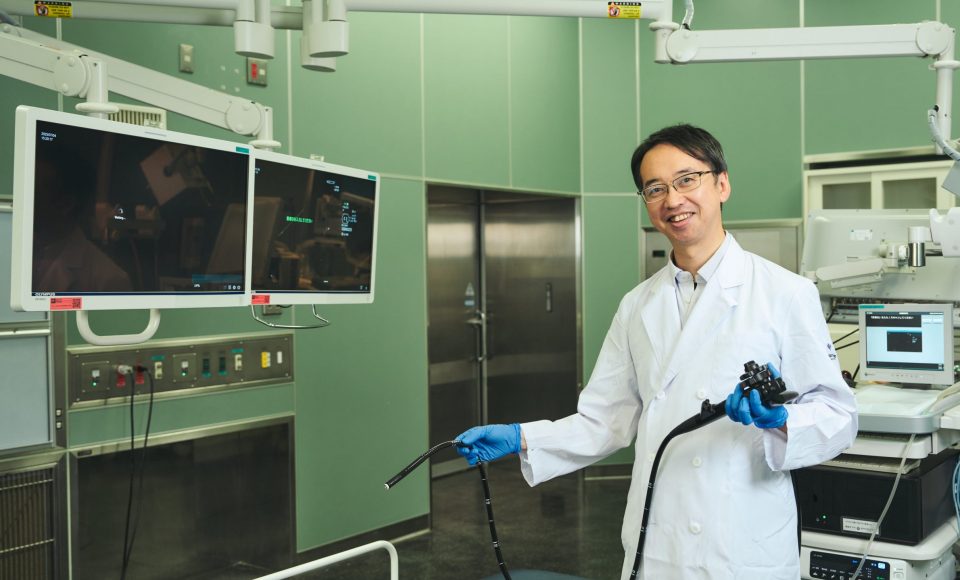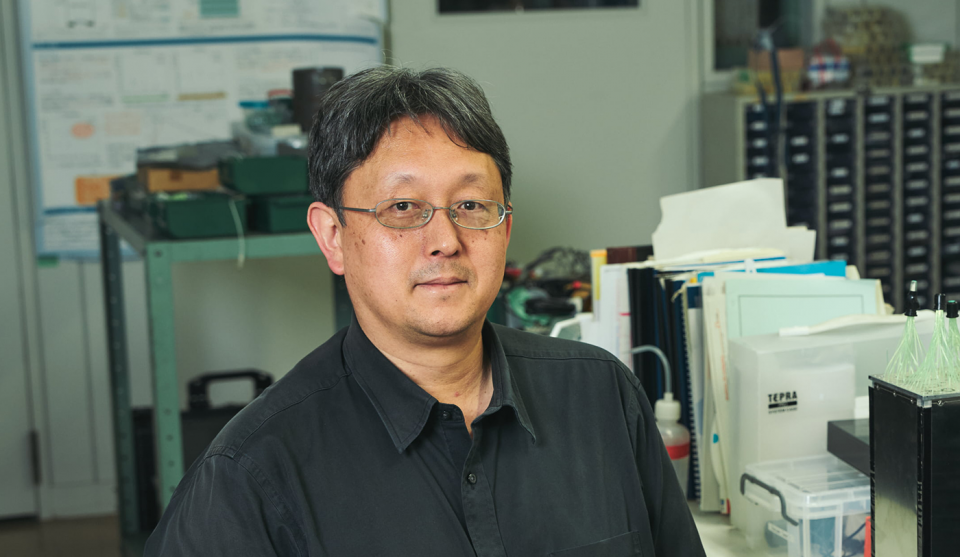Assistant Professor Sawada conducts field-based research on the ecology of reptiles and amphibians inhabiting satoyama (traditional rural) landscapes and their interactions with the environment. Starting next year, his research site will shift to Kenya, where he will pursue approaches to create an environment that not only preserves biodiversity, but also contributes to solving poverty-related issues.
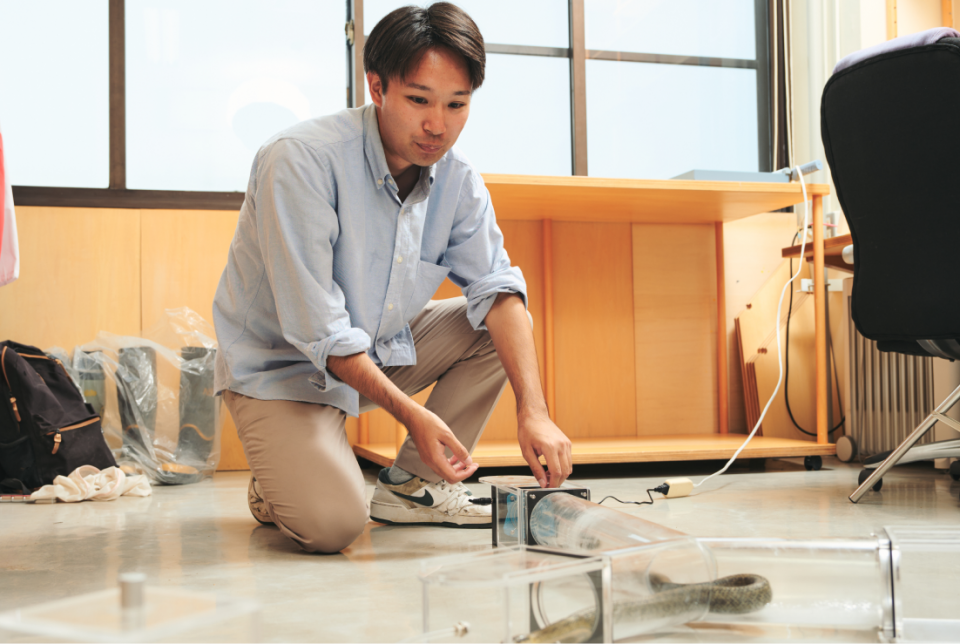
Seeking to Understand the Way of Life of Snakes
Satoyama (Photo 1) represents a landscape where people and nature coexist. The presence of snakes and frogs, which play key roles in supporting the satoyama ecosystem, serves as an indicator of rich biodiversity (Photos 2 and 3). On Sado Island, designated as a “Globally Important Agricultural Heritage Systems”, the satoyama environment is very rich and supports the highest diversity of snake species among Japan’s islands, excluding the Nansei Islands.
Over the course of five years, we conducted extended field stays twice a year on Sado Island that involved continuous searches for snakes, which allowed us to classify them into groups based on their diets, habitats, and periods of activity. Through this grouping, we discovered that snakes with similar diets partitioned their resources by occupying different habitats or by being active at different times. Since resources were sufficiently abundant, up to seven snake species were able to coexist through this ecological niche partitioning.
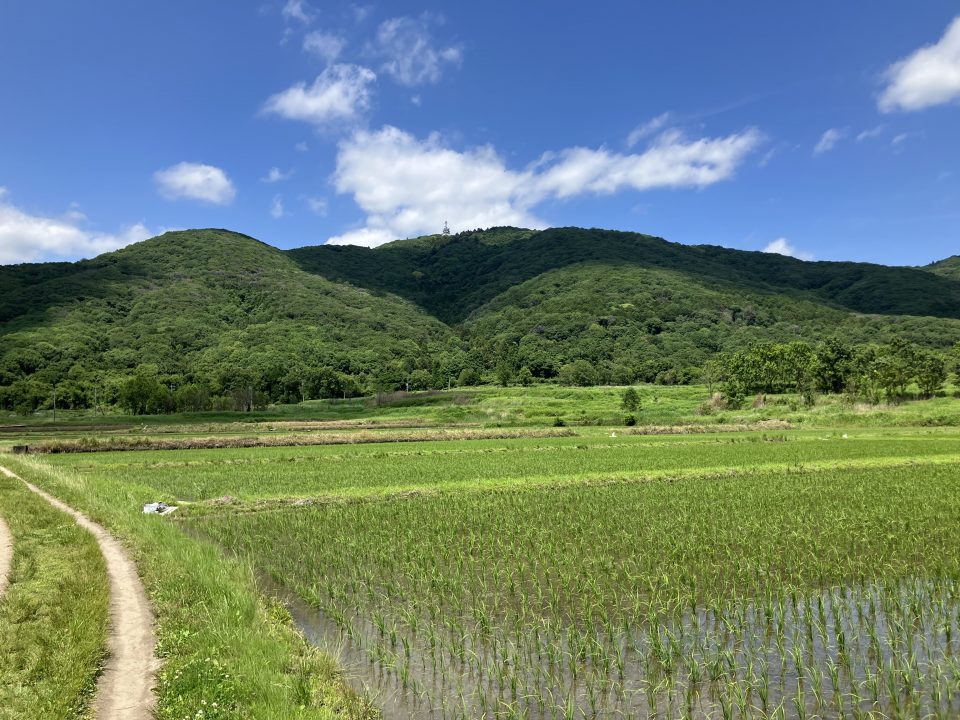
Photo 1: A satoyama landscape consisting of forests and rice fields (Photographed by Kiyoto Sawada)
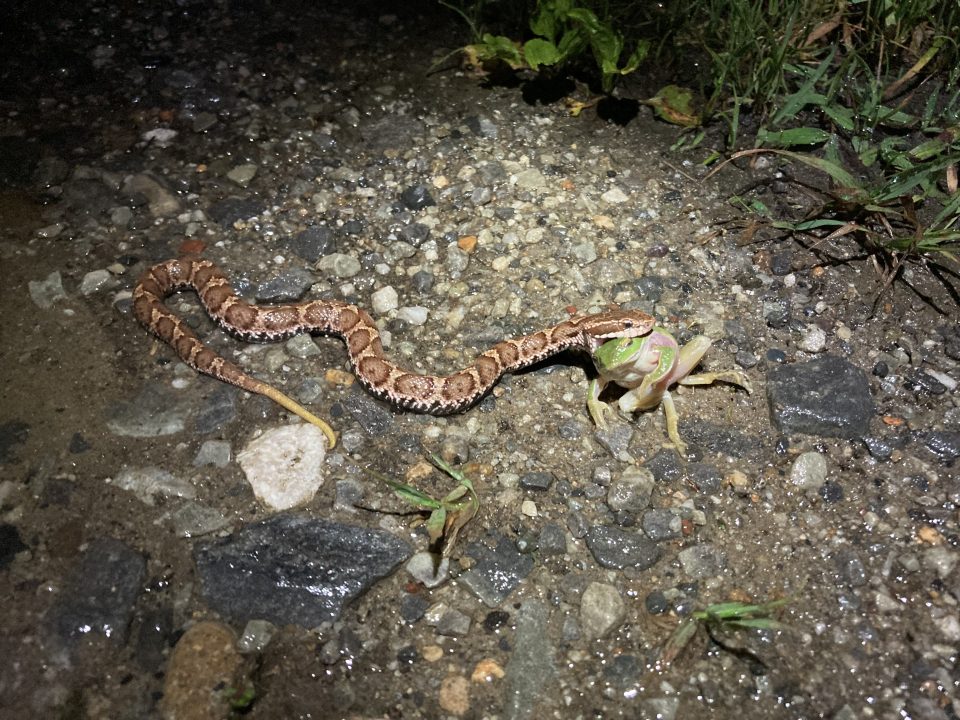
Photo 2: A Japanese pit viper preying on a Schlegel’s green tree frog (Photographed by Kiyoto Sawada)
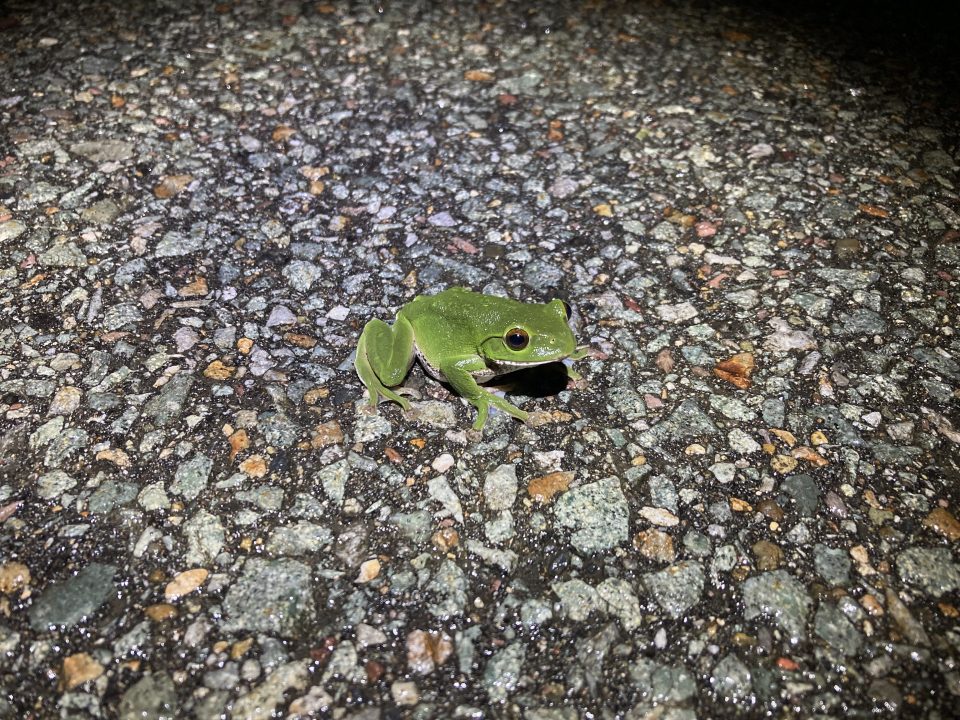
Photo 3: A forest green tree frog in satoyama (Photographed by Kiyoto Sawada)
Effects of Non-native Frogs on the Tiger Keelback
The tiger keelback (Photo 4) is a snake that preys on toxic toads and accumulates their toxins in its own body. Once these toxins are acquired, the snake uses them as a defense mechanism against predators. In contrast, tiger keelbacks inhabiting areas without toads do not possess toxins, resulting in regional variations.
Although Sado Island originally had no toads, surveys revealed that tiger keelbacks in areas where toads were introduced approximately 60 years ago had acquired toxins. Research conducted in Taiwan, where the non-native cane toad from Central and South America was introduced, showed that the tiger keelback lacked resistance to cane toad toxins and died of poisoning if it consumed them. In both cases, the spread of non-native toads was found to have a significant impact on native tiger keelbacks as well as on the balance of the ecosystem.
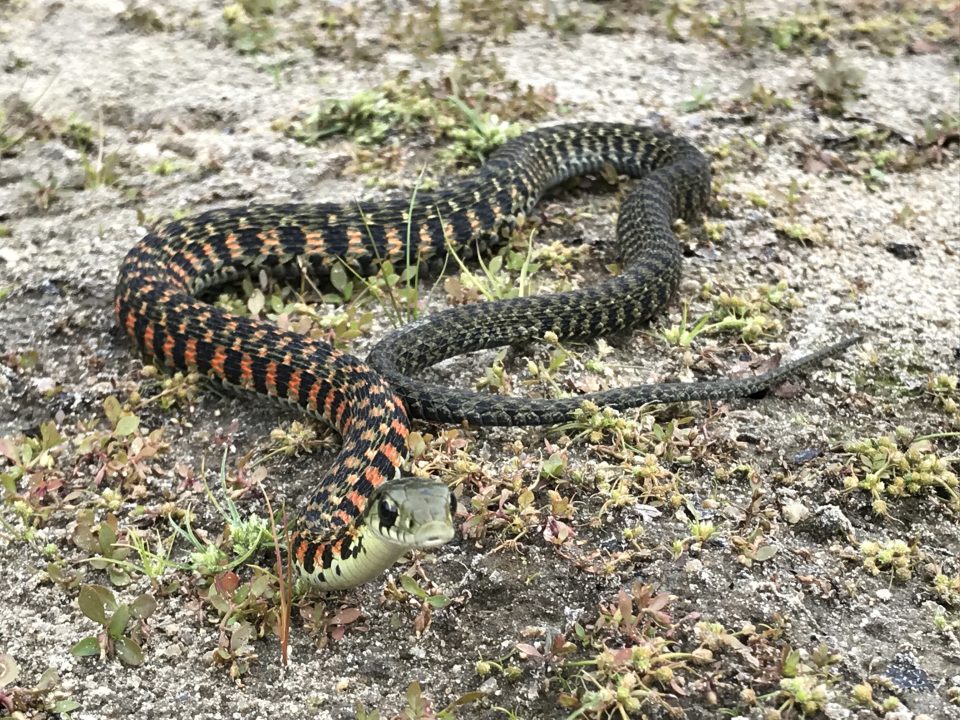
Photo 4: Tiger keelback (Photographed by Kiyoto Sawada)
What Type of Environment Enables People and Wildlife to Coexist?
Surveys of rice fields around Mt. Tsukuba, which the university is near to, revealed that fields once supporting a rich diversity of snakes, frogs, and other wildlife have experienced a decline in species due to the replacement of waterways with concrete channels and the mechanization of farming practices. Several species of frogs coexisted in balanced populations within these fields in 1990, whereas a single species had come to dominate by approximately 2020. Frogs serve as indicators of biodiversity in rice fields; when frog populations decline, snake numbers also decrease, while harmful insects, such as mosquitoes, increase, creating an undesirable environment for humans. Therefore, it is crucial to consider appropriate strategies to manage satoyama and rice fields for the continued coexistence of people and wildlife.
Building upon the knowledge gained from satoyama studies, the next phase of our research will take place in Kenya. Kenya faces the challenges of rapid population growth and poverty, and rice cultivation is being promoted in an effort to ensure a stable food supply. While irrigated farmland is significantly expanding, desertification is also advancing, leading to a decline in biodiversity. The maintenance of satoyama landscapes in Japan helps preserve biodiversity while supporting stable agricultural production; therefore, the creation of satoyama-like environments in Kenya may increase rice production without sacrificing biodiversity.
Our goal is to develop a nature-based solution that harnesses the ecological functions of rice fields to address both desertification, an environmental challenge, and poverty, a social challenge. The first step will be to investigate whether newly created wetlands in the form of rice fields serve as habitats for species lost due to desertification. To achieve genuine coexistence between people and nature, it is essential to also consider links to local agriculture and the economy. With the cooperation of many people, we intend to carry this research forward, are excited about this new challenge, and are eager to discover the many types of wildlife and communities we will encounter in Kenya.





